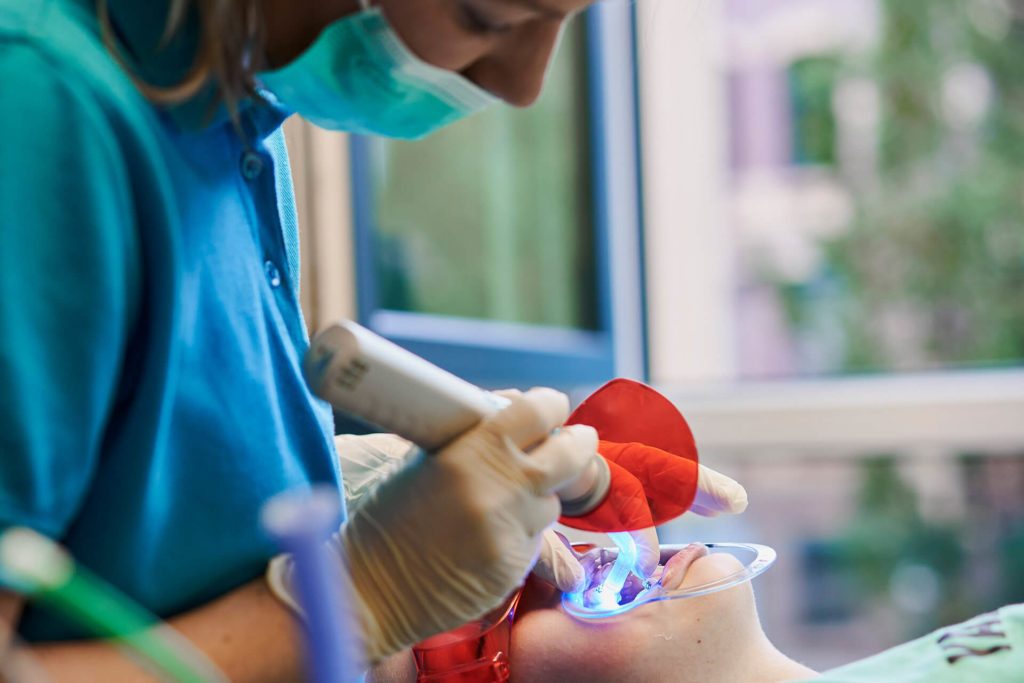The lean concept of management is a comprehensive method to eliminate waste and increase value, thereby uplifting profit and continuous improvement. Waste in lean is any activity that consumes resources but does not bring any value to the recipient customer. However, activities that do indeed contribute to creating value for the customer are a small portion of the overall work process and hence will need proper filtration to combat congested workflow.
Businesses should focus on reducing wasteful activities as much as possible. The lean principle identifies seven areas of waste that are detrimental to the work system and which can hamper the performance of the organization as a whole. Inventory makes for one of these seven wastes that you should eliminate from your orthodontic practice!
Inventory – instruments and materials
When you think of waste, most often than not you might envision the wastage of time or effort. While time and effort make up a good portion of your business, your stock materials also play a role in creating waste. Inventory waste refers to any waste that is produced by unprocessed inventory.
This includes the wastage of storage, wastage of tied-up capital required to buy stock items, wastage of transporting the inventory, the containers that hold the inventory, and so on. In the environmental aspect, hoarding inventory waste can be disastrous what with the packaging, deterioration, or damage to work-in-process.
How to minimize inventory waste in an orthodontic setting?
Any product (such as raw materials, work-in-process, or finished goods) quantities that surpass the current need is defined as inventory waste. In the orthodontic setting, you will encounter many opportunities to eliminate excess inventory. Some examples are presented below:
Pliers
When it comes to activating stainless steel wires, you may feel that getting many types of pliers can make the job easier for you. For example, activating a 17×25 stainless steel wire can be performed with two handy pliers for 0.75 mm bends and 1.25 mm bends alternatively. However, the lean principle teaches us to minimize the number of items we will be requiring.
The solution: Hence by switching these two good pliers with one great pair of Tweed pliers, you are saving up on additional space and money otherwise required to accommodate these instruments.
In fact, you only need seven pliers at your workstation to get the work done for any case: the Weingart plier, a cutter and a distal-end cutter, a loop-bending plier, an Aderer, and two Tweed pliers (for Torqueapplication). The seventh and the most important pair of pliers is one you cannot buy but is versatile in its function – your thumb!
Composite
It is particularly absurd to hoard items that are bound with an expiration date such as composite for bonding the brackets. Did you buy too much just to be on the safe side?
The solution: If you overestimated the quantity of composite you would need for your clinic, and it expires, it would be disposed of. Instead, buy materials in the quantity you currently require, no more, no less!
Plaster models
Plaster models take up a lot of storage space but you may also feel the need to get them printed in order to present to the patients. So, what do you do? Do you give up storage and get all of the plaster models needed?
The solution: Swap plaster models for digital alternatives. With only a little practice, you can carry out planning on virtual models just as precisely as you would with the usual plaster models. Besides, patients find it much more interesting to look at a visually attractive virtual model than a plaster model when explaining the treatment.
By eliminating the need for extra instruments and materials, you are saving up an enormous amount of space, time, and material costs. Define the amount of material used per operation and you can achieve a good outcome with minimal to no waste! Brownie points for you if you print models with bio-friendly materials as we do in MyOrthoLab!

